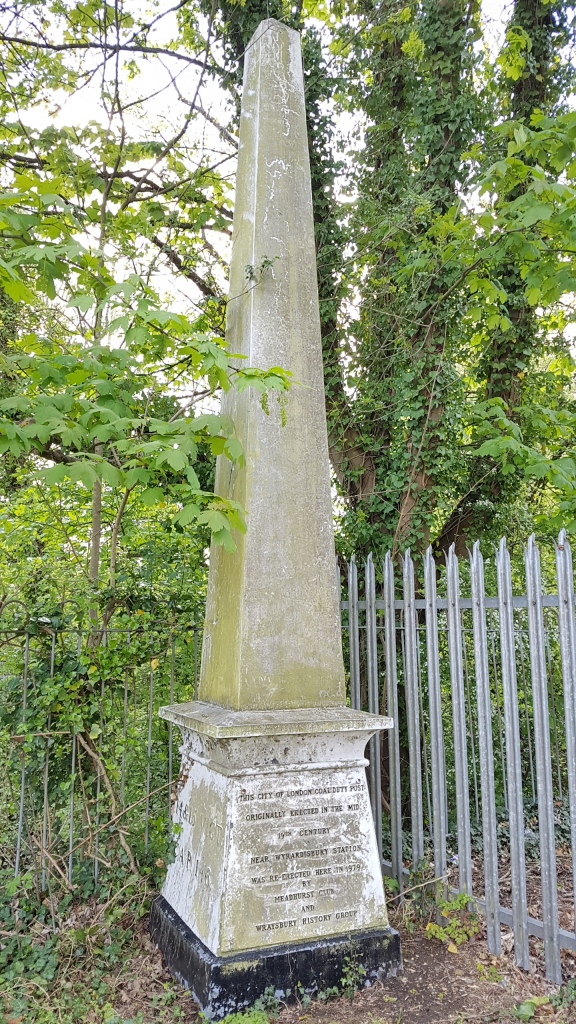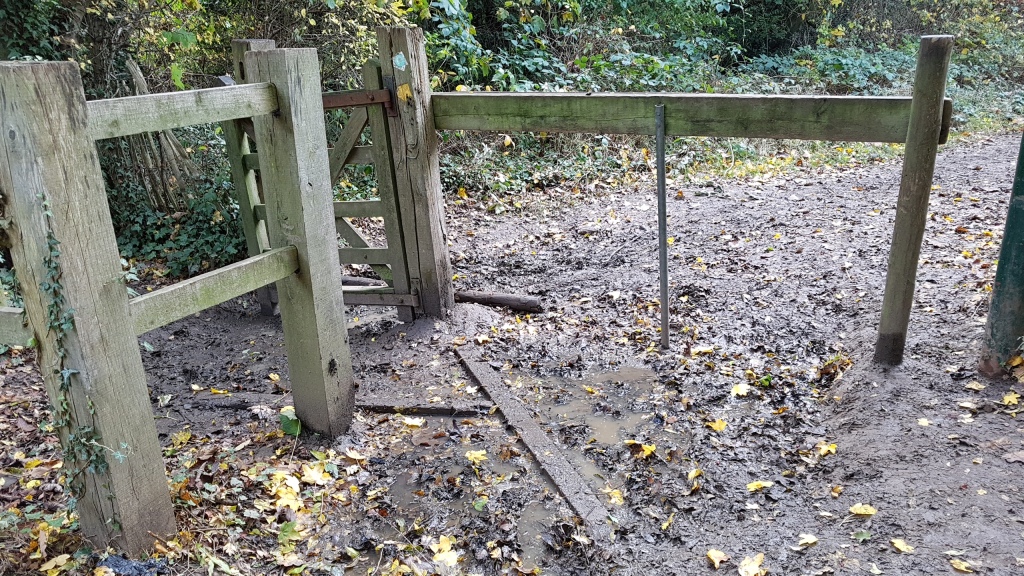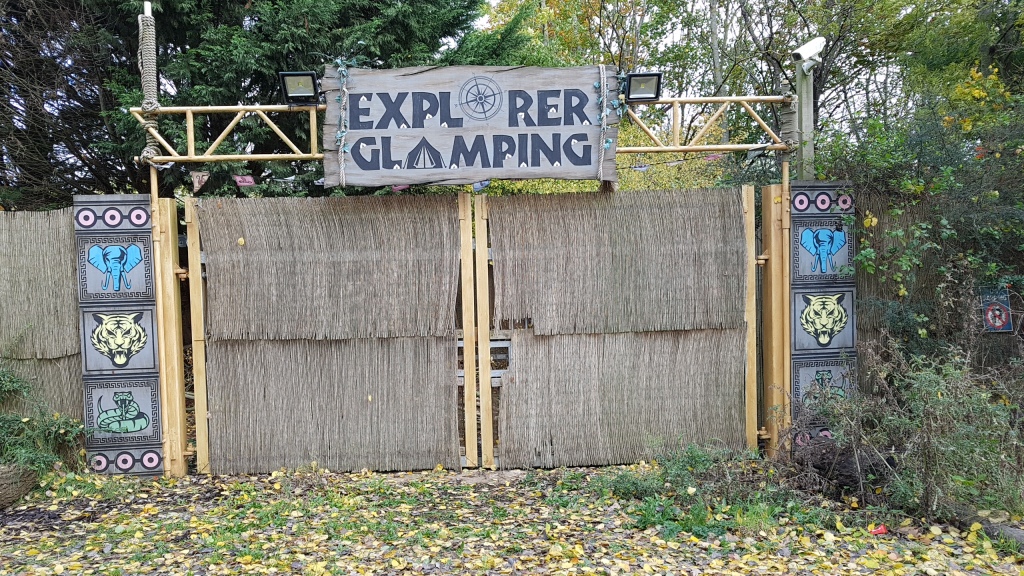
In the past week, the UK has been experiencing a second heatwave. There has been no rain since the break in the previous heatwave in July, and there really wasn’t enough of it. The photo above shows what was once a green field. This is a lovely spot, with acres of fields and green space leading down to the River Hogsmill. But everywhere is the same. All the parks, especially in London and the south are parched and scorched. There is no pleasure in walking these places right now.
The last time I remember seeing grass like this was back in the 1970’s, the long hot summer, but it was never as bad as this. Rivers are drying up, reservoirs are emptying, and temperatures have been over 30c for several days. It is too hot to go out by mid-morning. For me, it’s been to hot to travel anywhere. I even went shopping at 10pm to the 24 hour Tesco! The last time I went anywhere else was on Wednesday when I attended a singing workshop. There they had the aircon on (not great for the environment). It was up so high, it was actually a pleasure to come outside in the heat! It was around 30c that day.
Across Europe, fires are still raging that have been going for weeks, main rivers are drying up so boats cannot pass anymore, old villages and bridges once submerged under water are re-emerging. If people cannot see this is climate change, when will they?
I love this planet. I love walking in the countryside, being close to nature and rivers. Right now, it is distressing to see and I long for rain (I never thought I’d say that), but like my craving for cups of tea on a walk, rain is fast becoming my desire. The earth is crying out for rain. And I am too.
I heard this morning that the first ten miles of the River Thames from its source in Gloucestershire are now dry. No river. Drought is something we see in the developing world due to climate change, but did we take notice then, even though the west is the main cause? No. Now it’s here, will we take notice? Sadly, it seems that changing the way we live to save this planet is low down on people’s list of priorities. Most people (?) would agree this is climate change, but changing anything is an inconvenience some are not prepared to endure. And of course people don’t like to be told what to do. So how do we persuade them?
This wasn’t what I set out to write about this morning, but I’ve been aware of climate change for decades, when people thought I was weird (I think some still do). I’d rather be called weird than see this world die. I am finding it difficult to live in this heatwave and see what it is doing to the earth. What is this world going to look like in ten, 20 or 30 years? It breaks my heart that profits come before people, and governments talk a lot but do hardly anything. This world has so much to offer us if we just work with it. We are part of it, the trees are our lungs, we are connected to the earth, an intricate part, interwoven with it, but we do not own it. Make no mistake, the earth will recover because nature is stronger than us. It may yet destroy us because of our abuse. The planet can get along just fine without us. If we want to be part of it, still here to enjoy it, then our hearts have to change.
I cannot end on negatives, and this week we saw the last Supermoon of the year (I think I’ve got that right). After my dash to Tesco in the night, I came out to capture the brilliant moon.

Walk safely and never leave anything behind except your footprint.























































































































































